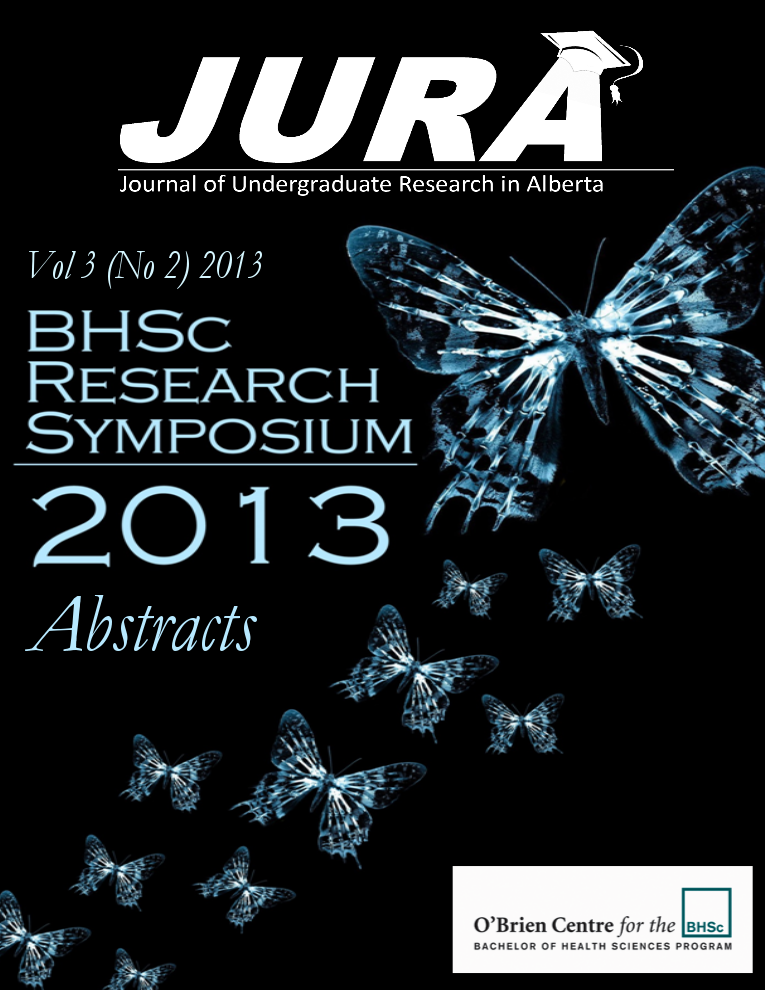Identifying Environmental Reservoirs Of A Cystic Fibrosis Epidemic Strain Of Pseudomonas Aeruginosa
Keywords:
(Pseudomonas aeruginosa, Cystic Fibrosis infection, Praire Epidemic Strain)Abstract
Pseudomonas aeruginosa is an important cause of infection, particularly amongst Cystic Fibrosis (CF) patients. While a rare opportunistic pathogen, it is commonly isolated from CF patients as it infects 70% of these individuals [1]. The dogma that was held for many years was that each patient was independently infected by locally acquired non-clonal strains of P. aeruginosa from their own environment. However, it has been increasingly recognized that many patients attending the same clinic may be infected with genetically related strains, suggesting that infection of these strains may also be achieved through patient-to-patient transmission, such as the Prarie Epidemic Strain concentrated in Southern Alberta [1]. While several strains of P. aeruginosa are 'transmissible', the majority of patients acquire infection with unique isolates [2]. There is a need to understand the relationship between patients living in a particular local and the likelihood of infection with organisms endemic in that local. Determining these pockets is essential as P. aeruginosa is a leading cause of morbidity and mortality in patients with CF. Here we report the results of 309 water samples collected from heavily populated CF regions in Southern Alberta. The data confirms that pockets of P. aeruginosa exist in this region.
Downloads
References
Kidd T, et al. PLOS One. 8(4): 2012.
Downloads
Published
Issue
Section
License
Authors retain all rights to their research work. Articles may be submitted to and accepted in other journals subsequent to publishing in JURA. Our only condition is that articles cannot be used in another undergraduate journal. Authors must be aware, however, that professional journals may refuse articles submitted or accepted elsewhere—JURA included.


